Top U.S. Orchestras 2009: Boston’s natural and effortless modernism (2009.03.28)
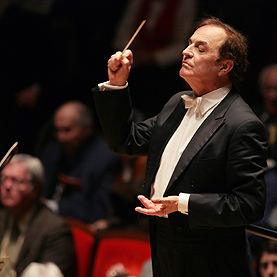 Continuing our Top US Orchestras 2009 series, I headed up to Boston last weekend to catch a program that bridged the gap between more traditional narrative and phrasing with elements of 20th century modernism. Guest conducted by Swiss talent Charles Dutoit, the program of Stravinsky, Ravel and Prokofiev made perfect sense considering his proclivity towards French and Russian 20th century music.
Continuing our Top US Orchestras 2009 series, I headed up to Boston last weekend to catch a program that bridged the gap between more traditional narrative and phrasing with elements of 20th century modernism. Guest conducted by Swiss talent Charles Dutoit, the program of Stravinsky, Ravel and Prokofiev made perfect sense considering his proclivity towards French and Russian 20th century music.
The Boston Symphony more than proved its chops as one of America’s top orchestras, displaying an ability to play challenging modern works in a natural and effortless fashion (something the Baltimore Symphony seems to struggle with off and on). Too often, symphonies or orchestras feel too shoe-horned into modern works, far out of their comfort zone and never quite locking discordant, arrhytmic or irregular voices into the cohesive whole. The BSO nimbly navigated the syncopated and dissonant aspects of the program, emulating the beauty, grace and dexterity of the finest class of danseur.
Fitting, since two of the three pieces of the evening’s repertoire (Ravel’s Mother Goose Suite and Stravinsky’sPetruschka) were written or adapted as ballets, each possessed of narratives to tie the pieces together. All three composers balanced the experimental aspects of modernism with coherent and meaningful narrative arcs or elements more rooted in, or inspired by, traditional form and approach.
Both were written to capitalize on the Ballets Russes’ exceedingly successful debut and tenure in Paris ca. 1911, but distinct in that each composer was intent on exploring the most curious facets of modernism to their tastes.
For Ravel, this was undoubtedly a tendency towards crafting new sounds, derived internally from instruments in the traditional orchestra and externally from unorthodox genres. Ravel’s original Mother Goose Suite was written for two piano players, completed in 1910; subsequently, it was fully orchestrated as a ballet in 1911 in order to provide French competition to the success of the Russian ballet. Ravel’s work is divided into movements based on the original short stories such as Beauty and the Beast and Sleeping Beauty. In this way, it is more amenable to the modernist approach since Ravel is able to naturally explore completely different tones and moods as the Suite progresses through each fairy tale. Technically, Mother Goose was clearly written as a children’s piece, with little in the form of fireworks or showcases of dexterity. Rather, the piece’s merits lay in the myriad of rich and fully-reliazed voices of each tale.
The oboe and English horn, with elegantly gliding melodies, provided a spectacular theme for Petit Poucet (Tom Thumb), precisely capturing his precocious wonderment as he wanders through the forest, turning slowly ominous as birds swoop in on the backs of chilling trills and lamenting strings, devouring Thumb’s bread-crumb path out. Boston’s percussion and strings delivered magnificently on a promise of Gamelan-inspired passages in Laideronette, Imperatrice des Pagodes (Empress of the Pagodas). Melodies growing and morphing into cascading waterfalls of staccato bells, chimes and plucked strings that crescendo and crest into grandiose pentatonic wind harmonies, soaking the listener in East Asian tones. The growling edge of the basses, cellos and contrabassoon was, by turns, exhiliratingly and mysteriously guttural in voicing the Beast in Les entretiens de la Belle et de la Bete (Beauty and the Beast). Le jardin feerique (the Fairy Garden) was undoubtedly the shining movement of the Suites, its smoothly serendaing melody grows, aching and creaking as if near-exhaustion, but ultimately resolute and resonant. Closing the piece with a dynamically restrained, yet emotionally intense denoument.
Prokofiev’s second Violin Concerto, composed a bit later than the others (1935), is one of his least adventurous explorations of modernism. However, it still showcases Prokofiev’s aesthetic philosophy: musical modernism for Russian composers lay in the nature and complexities of melody, rooted in “a new simplicity.” For this concerto, Prokofiev composed romantic melodies that often approach filmic, likely an outgrowth of his recently scoring Romeo and Juliet. Guest violinist Lisa Batiashvili (Wiki) took up solo duties for the piece. Commendably, she played close to the conductor and orchestra, as if in conversation with them (something of a rarity in the world of solo instrumentalist egos). Never excessive in her playing style, Batiashvili utilized long, smooth bow strokes and tasteful physical fluorishes always well-matched to the flowing lyricism of the passage at hand.
But too frequently, she played the part of ensemble player and not soloist. Batiashvili was not aggressive enough in her performance (for my tastes) and didn’t consistently bring the solo to the fore of the ensemble’s sound when appropriate. She started off well, leading the Allegro moderato with a strong statement of the simple, plaintive melody, rippling out to the basses and cellos, then bassoons and beyond like a pebble into a still pond. The even more sedated
The marvelous instability of the melody at the start of the Allegro, Ben Marcato, accented by cumbersome violin chops and horns, was fed fantastically until it grew steadily into a barking, pyrotechnic series of eigth-note runs. Thus, Batiashvili ended the piece with a glorious and virtuosic conflagration that should have been stoked earlier and more often.
Stravinsky’s Petruschka is arguably the most challenging of the three works presented. At times, the shifts in musical focus can feel breakneck in pace as we hop from theme to theme, character to character, amidst the crowd. An affair that borders on jarring, disorienting. The BSO pulled off these changes almost effortlessly, with only one egregious early brass entrance. Dutoit paved the way for some truly muscular brass passages, and pianist Vytas Baksys provided absolutely mesmerizing work. Shimmering trumpet fanfares punctuate the layers of thematic melodies, strings raising the din of the crowd at the Shrovetide Fair.
The renowned Petruschka chord (actually a dissonant succession of four intervals) was a spectacularly foreboding and ominous presence, boldly declarative and defiantly unsettling, delivered with no small amount of tension to echo the tragedy and frustration of Petruschka. The most marked expression of modernism in the piece, manipulating harmonics in ways previously unexplored.
In the final movement, coasting, seesawing melodies, twirling around as the characters dance into the night, were rent and torn asunder by shrill blasts from the trumpets as Petrushka is chased down and slain by the Moor. The movement closes with gloriously unsettling, piercing trumpets followed by nearly weightless plucked strings, and the night evaporates to a close with a fantastic juxtaposition that easily sums the vast and facile range of the BSO.
Related posts
- Top U.S. Orchestras 2009: New Conducting Prodigy Makes Angelenos Swoon for Martha Argerich (2009.03.12)Dmitri Shostakovich’s Symphony No. 5 from Berstein Century (w/ NY Philharmonic)...
- Top U.S. Orchestras 2009: Pierre Boulez and the Lion’s Roar Pummel Chicago (2009.02.28)[Audio clip: view full post to listen] MP3: Edgard Varese...
- Top U.S. Orchestras 2009: Former Baton of L.A. Takes NY Philharmonic for a Spin (2009.12.08)[Audio clip: view full post to listen] MP3: Claude Debussy...
- Top U.S. Orchestras 2009: Live Review – Kurt Masur Drives Cleveland Symphony…Throttle – Wide Open (2009.02.26)Kurt Masur drove the Cleveland Symphony like a Maserati GranTurismo....
- 2008 Wrap-Up (Sam): 2008’s Top U.S. Orchestras – Plan Vacations Accordingly[Audio clip: view full post to listen] MP3: Shostakovich –...





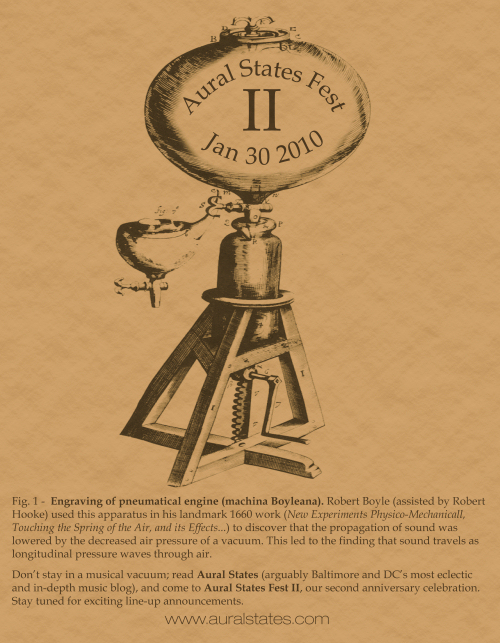











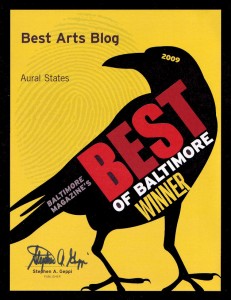


 Double Dagger: Masks EP
Double Dagger: Masks EP Pfisters: Narcicity
Pfisters: Narcicity Lizz King: All Songs Go To Heaven
Lizz King: All Songs Go To Heaven Imperial China: Phosphenes
Imperial China: Phosphenes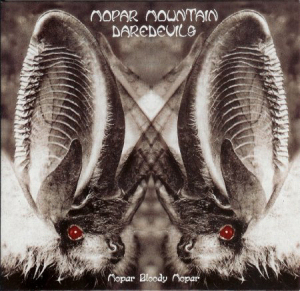 Mopar Mountain Daredevils: Mopar Bloody Mopar
Mopar Mountain Daredevils: Mopar Bloody Mopar Lonnie Walker: These Times, Old Times
Lonnie Walker: These Times, Old Times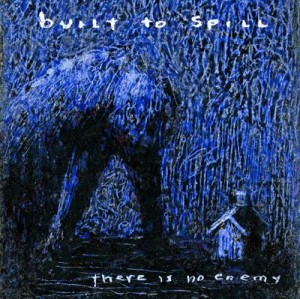 Built to Spill: There Is No Enemy
Built to Spill: There Is No Enemy Hypnotic Brass Ensemble: Hypnotic Brass Ensemble
Hypnotic Brass Ensemble: Hypnotic Brass Ensemble Secret Mountains: Kaddish EP
Secret Mountains: Kaddish EP Bela Fleck: Throw Down Your Heart: Tales From the Acoustic Planet, Vol. 3 -Africa Sessions
Bela Fleck: Throw Down Your Heart: Tales From the Acoustic Planet, Vol. 3 -Africa Sessions Lands & Peoples: Lands & Peoples EP
Lands & Peoples: Lands & Peoples EP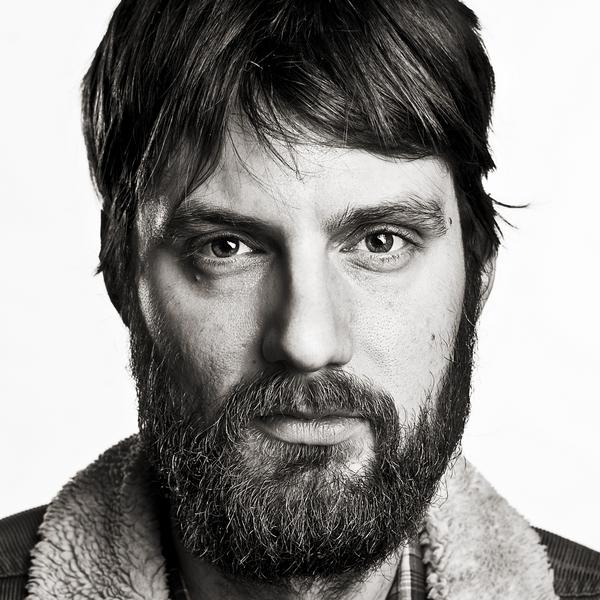 Caleb Stine: Eyes So Strong and Clean
Caleb Stine: Eyes So Strong and Clean Wye Oak: The Knot
Wye Oak: The Knot Pontiak: Maker
Pontiak: Maker White Rabbits: It's Frightening
White Rabbits: It's Frightening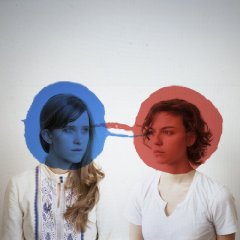 Dirty Projectors: Bitte Orca
Dirty Projectors: Bitte Orca Double Dagger: More
Double Dagger: More Elvis Perkins in Dearland: Elvis Perkins in Dearland
Elvis Perkins in Dearland: Elvis Perkins in Dearland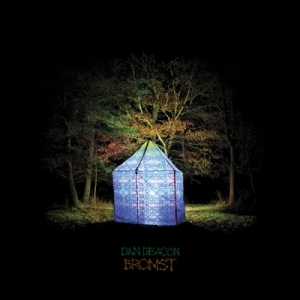 Dan Deacon: Bromst
Dan Deacon: Bromst The Thermals: Now We Can See
The Thermals: Now We Can See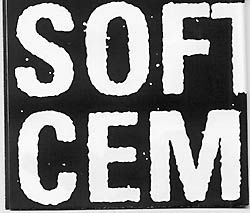 Soft Cement: Think About It EP
Soft Cement: Think About It EP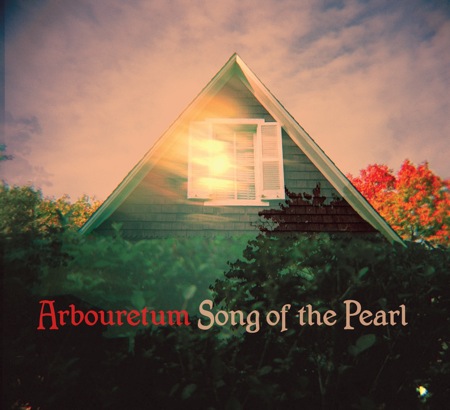 Arbouretum: Song of the Pearl
Arbouretum: Song of the Pearl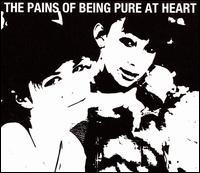 The Pains of Being Pure at Heart: The Pains of Being Pure at Heart
The Pains of Being Pure at Heart: The Pains of Being Pure at Heart Benjy Ferree: Come Back to the Five and Dime, Bobby Dee Bobby Dee
Benjy Ferree: Come Back to the Five and Dime, Bobby Dee Bobby Dee Weekends: Weekends
Weekends: Weekends Height With Friends: Baltimore Highlands 12" LP, Limited-Run Vinyl Only
Height With Friends: Baltimore Highlands 12" LP, Limited-Run Vinyl Only Caverns: Kittens! EP
Caverns: Kittens! EP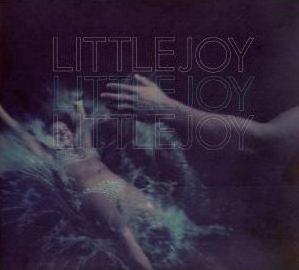 Little Joy: Little Joy
Little Joy: Little Joy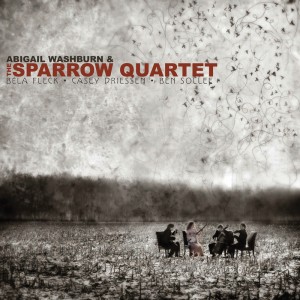 Abigail Washburn & the Sparrow Quartet:Abigail Washburn & the Sparrow Quartet
Abigail Washburn & the Sparrow Quartet:Abigail Washburn & the Sparrow Quartet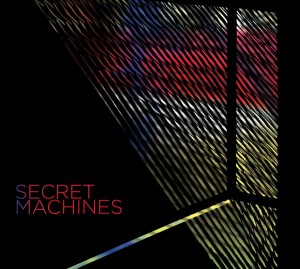 The Secret Machines: Secret Machines
The Secret Machines: Secret Machines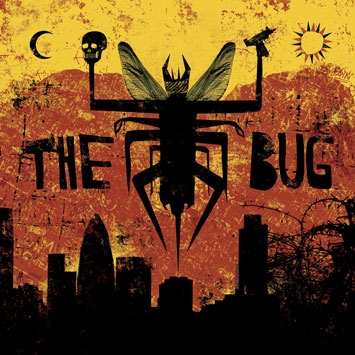 The Bug: LondonZoo
The Bug: LondonZoo 13th Floor Elevators: Psychedelic Sounds of the 13th Floor Elevators (Vinyl Mono LP only)
13th Floor Elevators: Psychedelic Sounds of the 13th Floor Elevators (Vinyl Mono LP only) Arbouretum/Pontiak: Kale (Vinyl LP only)
Arbouretum/Pontiak: Kale (Vinyl LP only) Small Sur: We Live in Houses Made of Wood
Small Sur: We Live in Houses Made of Wood AbeVigoda: Skeleton
AbeVigoda: Skeleton ImperialChina: Methods: EP
ImperialChina: Methods: EP
Who knew that a Mother Goose-inspired musik could offer so much?
Thanks for taking us to Boston, sir!